
Looking to slow down, learn the craft, and embrace a lens with unmistakable character? The Zenit 12 XP Helios 44M-4 combination is a classic, fully manual 35mm film SLR camera kit that rewards patience with richly textured images and swirly bokeh. Here’s a practical guide to what it is, how to use it, and what to check when buying second‑hand.
Zenit 12 XP + Helios‑44M‑4: what you’re getting
A tough, teachable 35mm setup
The Zenit 12 XP is a fully mechanical M42 screw‑mount SLR. It shoots without power; a small PX625‑type battery only powers the in‑camera meter. Shutter speeds run from 1/30s to 1/500s plus Bulb, which is straightforward for daylight, flash work, and long exposures with a tripod.
The paired Helios‑44M‑4 58mm f/2 is a manual‑focus prime with manual aperture and stop‑down metering. Close focus is around 0.5 m, giving a natural field of view for portraits and everyday scenes. It’s built like a tank—hefty, simple, and great for cementing fundamentals.

A brief background: Soviet‑built, creator‑approved
KMZ heritage and a beloved optical formula
Produced by KMZ (Krasnogorsk Mechanical Works) from the late 1970s into the 1980s, the Zenit 12 XP was designed as an affordable, durable 35mm film SLR for home photographers. The Helios‑44M‑4 lens traces its lineage to a classic optical formula prized for character. Today, creators value this kit for robust simplicity and distinctive rendering that stands out in a digital‑first world.
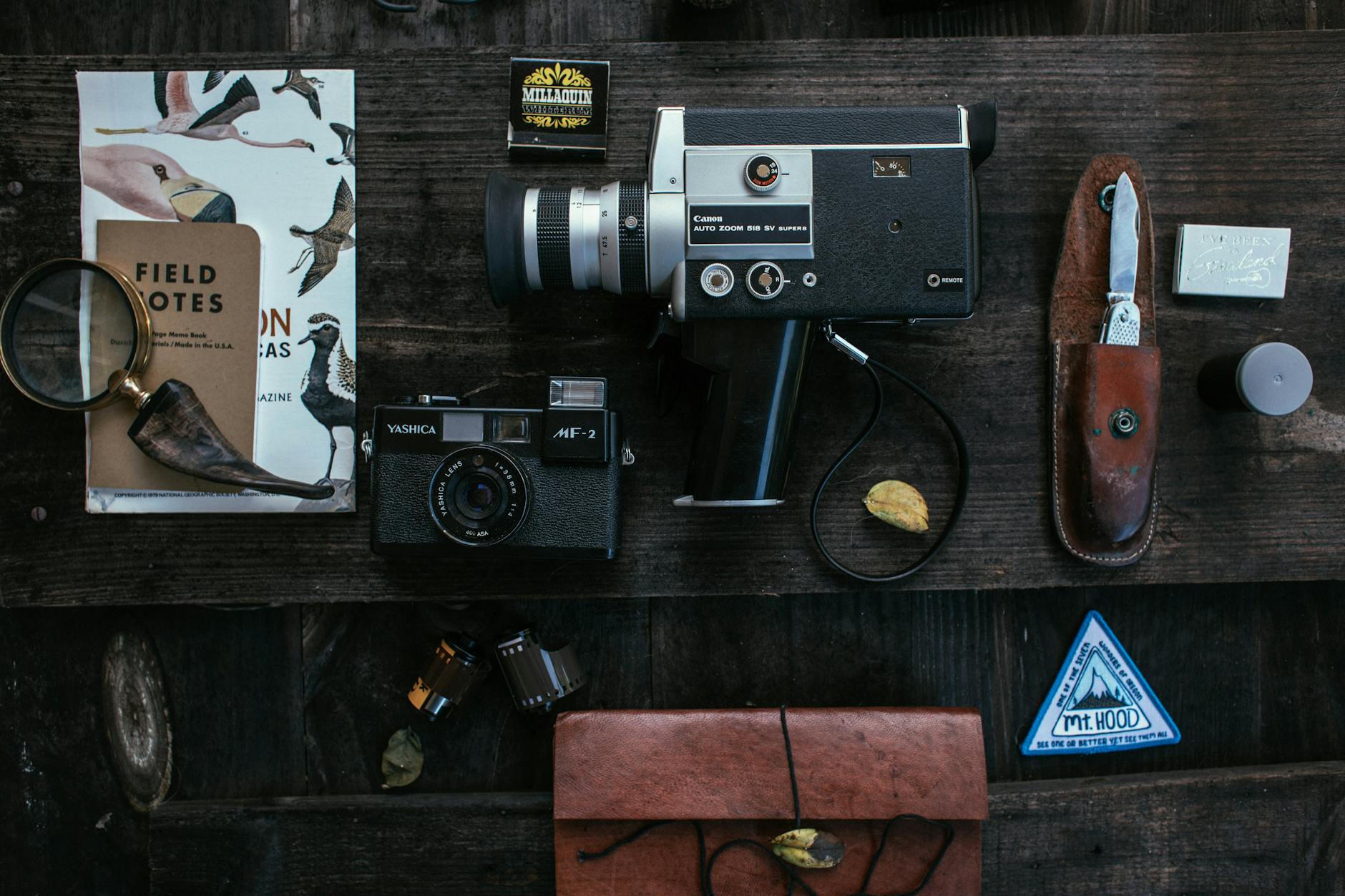
Key specs that actually matter in use
Metering, controls, viewfinder, build
Metering: the camera accepts a PX625‑type cell to power the light meter. Because meter accuracy can vary with age, many shooters use an external meter or a phone app and treat the in‑camera meter as a bonus.
Controls: shutter, aperture, and focus are fully manual—no automation, no distractions. The viewfinder is functional but not the brightest; with practice, your focusing speed will improve. Expect heft and a little stiffness in the controls typical of this era.

Why it still works for today’s creators
Who this kit suits best
For beginners, the Zenit 12 XP slows you down and builds exposure fundamentals. For portrait shooters, the Helios‑44M‑4 serves signature swirly bokeh and painterly rendering. For filmmakers, the lens’ character adapts beautifully to mirrorless bodies for talking‑head video and dreamy B‑roll. For experimental artists, tactile manual control invites intentional, hands‑on workflows.

Quick start: shooting a roll of 35mm film
Simple steps for your first roll
Load an ISO 200–400 film. Advance gently—older mechanisms can feel stiff but should not grind. Meter with a handheld meter or a phone app, and treat the in‑camera meter as optional.
For the Helios look, start at f/2–f/2.8. Stopping down increases contrast and sharpness if you want a cleaner rendering. For long exposures, switch to Bulb and use a tripod; the camera’s weight helps stability, and a cable release is useful. Keep a 58mm lens hood handy to control flare when needed.
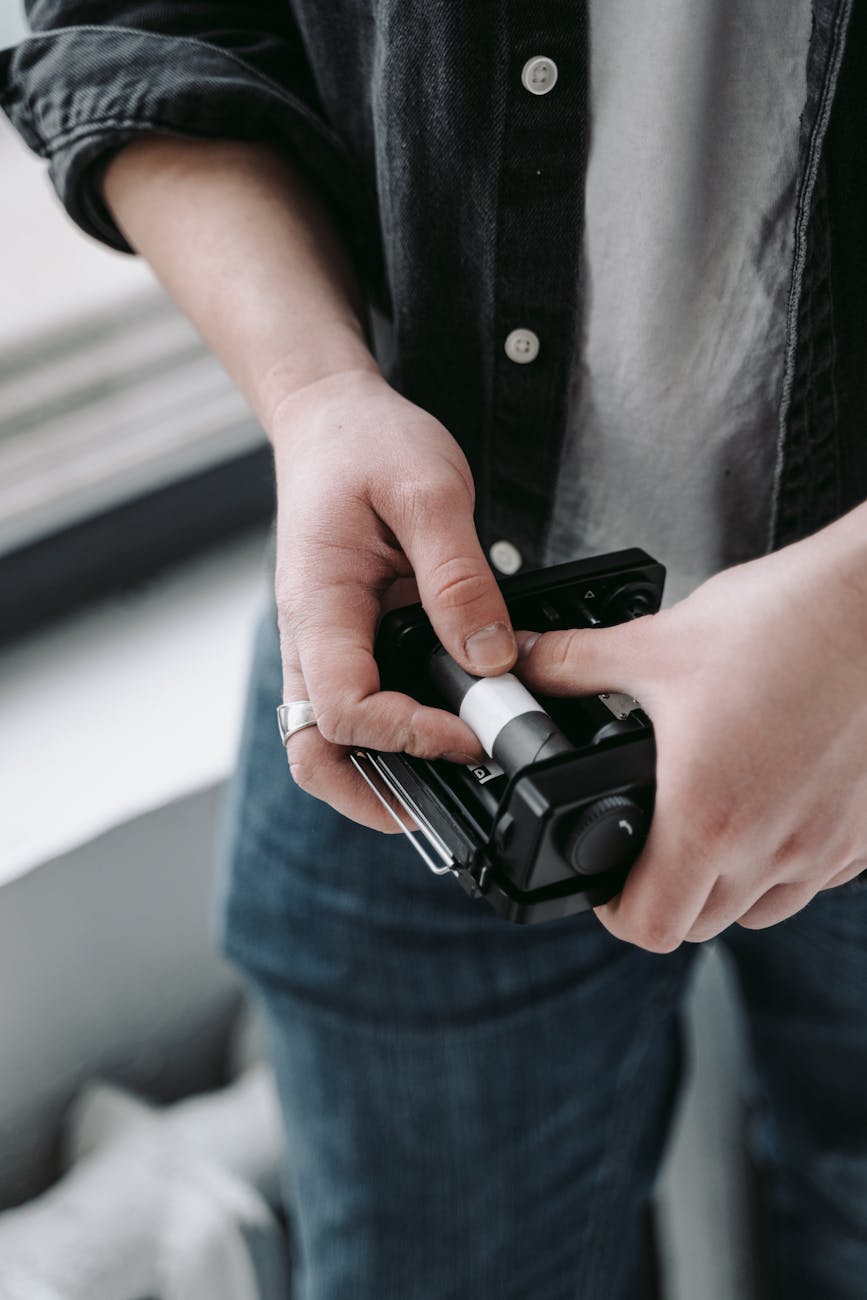
Adapting the Helios‑44M‑4 for digital work
From M42 to mirrorless
The Helios‑44M‑4 uses the M42 screw mount. With a simple M42 adapter for your mirrorless mount, you can bring its character to digital bodies. Expect full manual operation and stop‑down metering. It’s a favorite for portraits, talking‑head video, and atmospheric B‑roll. If you’re dedicated to video, consider a de‑click aperture mod for smoother exposure pulls.
Ready to explore more optics? Browse camera lenses that pair well with your workflow.
Creative looks: mastering swirly bokeh
Setups that bring the swirl to life
Open to f/2 and place a textured, high‑contrast background—foliage, lights, patterned walls—behind your subject. Keep the subject near the center; the swirl appears most at the frame edges. Practice the focus throw to nail focus precisely, and use flare intentionally. A hood reduces flare and boosts contrast; removing it can add glow if that’s the mood you want.
The first time I shot a portrait at f/2, my friend stood in front of a sun‑dappled hedge. When I looked through the viewfinder, the background started to spin into a soft spiral. We both paused—she laughed, “What did you do to the trees?”—and that’s when I knew the Helios look had arrived.

Recommended accessories for this kit
Small add‑ons, big usability gains
- M42 lens adapter (for your mirrorless mount) to use the Helios digitally.
- Handheld meter or phone app for reliable exposure.
- PX625 replacement battery (625A alkaline or a Wein cell) for the in‑camera meter.
- Sturdy tripod for long exposures and low light.
- 58mm lens hood to manage flare and boost contrast.
Second‑hand buying checklist
What to inspect before you commit
Bring a test roll if you can, and take your time. Clean optics and a shutter that sounds consistent across speeds are good signs. Minor viewfinder dust is normal and won’t appear in your photos.
- Shutter speeds: fire 1/30s to 1/500s; listen for consistency, check Bulb.
- Film advance: should be smooth; avoid grinding or jams.
- Meter: treat as optional; confirm needle moves if a battery is inserted.
- Lens focus ring: check for smooth travel without binding.
- Aperture blades: ensure they’re snappy and free of oil.
- Glass: inspect for haze, fungus, scratches; minor dust is normal.
- Light seals: look for crumbling foam that may need replacement.
When you’re ready, you can Shop SLR film cameras or ask us for current condition photos and a quick shutter test.
Care, quirks, and longevity tips
Keep your Zenit shooting smoothly
Advance gently—never force the lever—and don’t force the shutter. Store the kit with the lens capped, away from humidity, to prevent fungus. Dry‑fire at multiple speeds occasionally to keep mechanisms limber. If the meter is unreliable, ignore it and meter externally. The system is serviceable, and common issues like oily blades or stiff focus are fixable.
Conclusion: character over convenience
The Zenit 12 XP with Helios‑44M‑4 is a budget‑friendly gateway to film creativity. On 35mm film or adapted to digital, this manual lens delivers a look few optics can match—swirly bokeh, gentle contrast, and a tactile experience that rewards intention. Buy thoughtfully, add simple accessories, and lean into its strengths.
Next steps:
- Check availability of the Zenit 12 XP + Helios‑44M‑4 kit.
- Ask for current condition photos and a quick shutter test.
- Add an M42 adapter, PX625 equivalent, and lens hood to your order.
- Get notified when similar Zenit + Helios kits are restocked.
- Chat with us for setup and metering tips before your first roll.




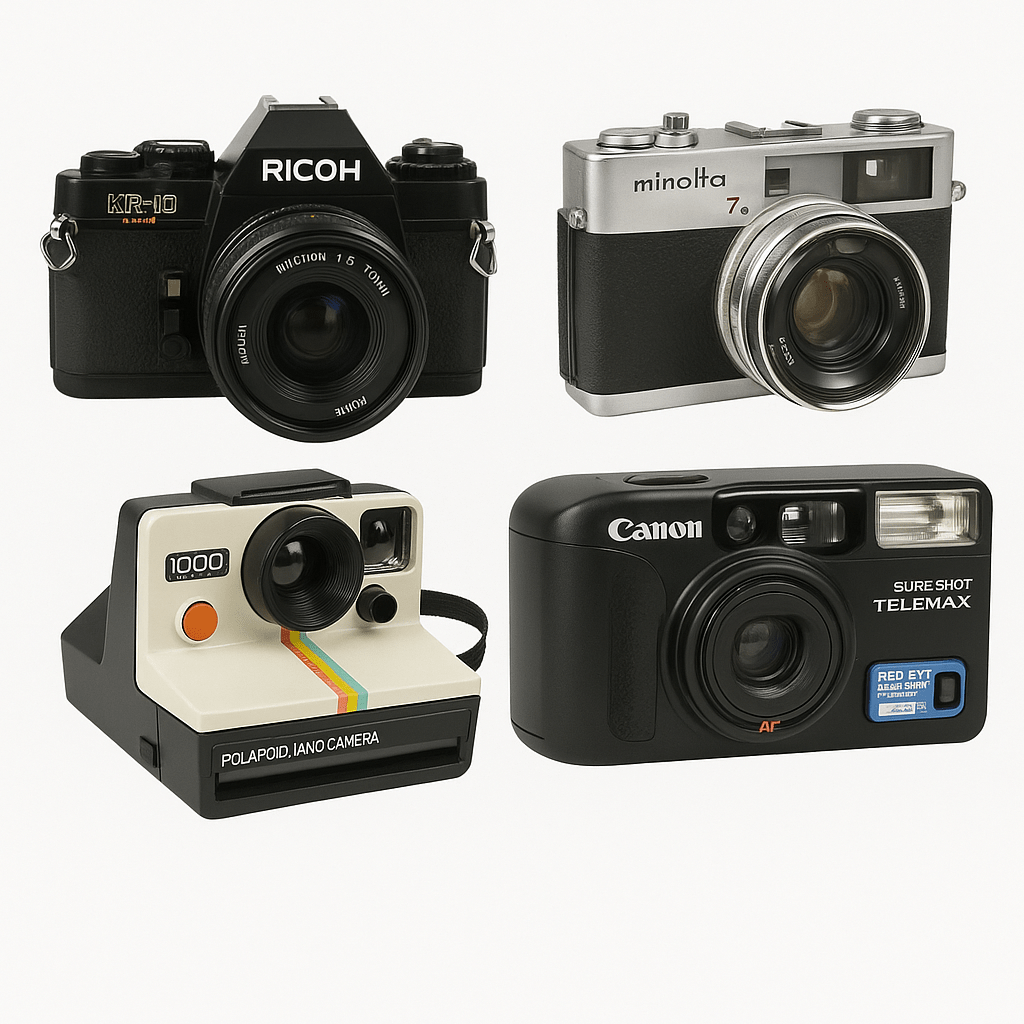
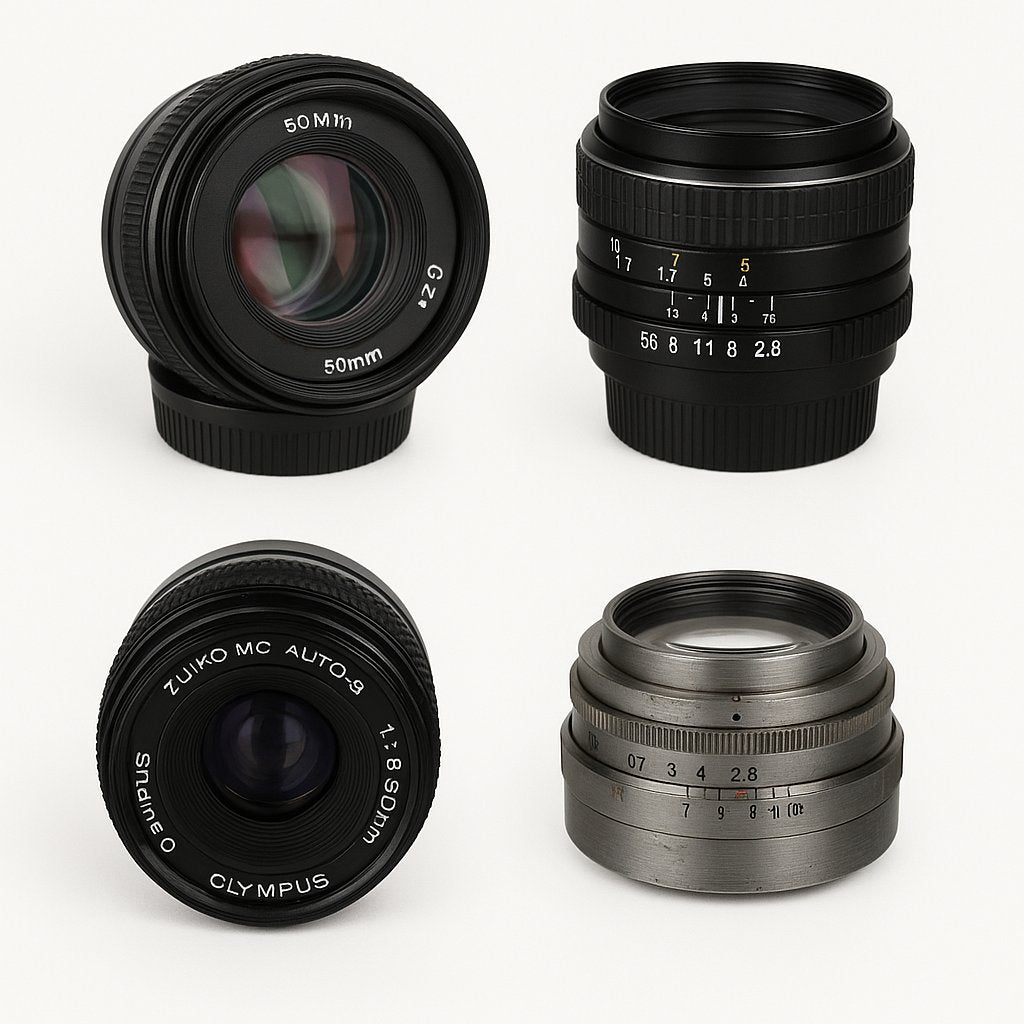
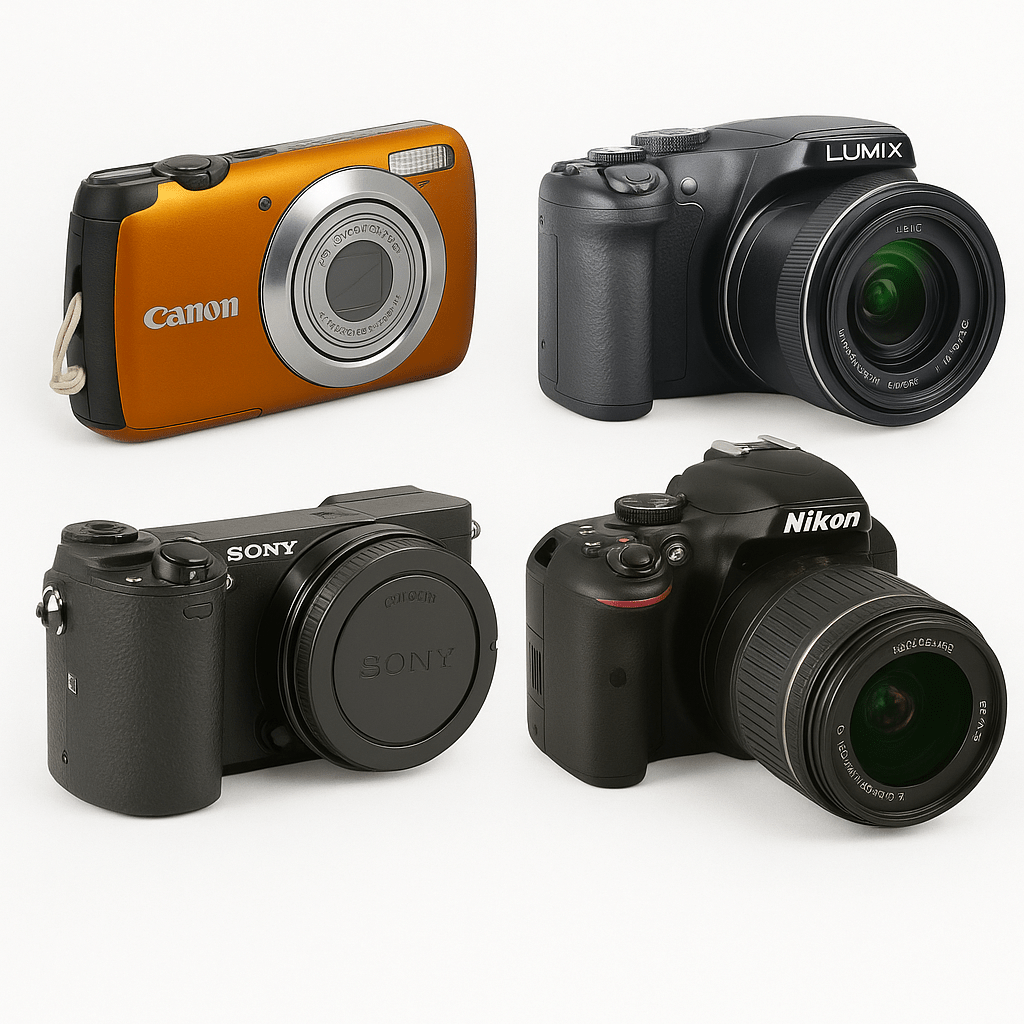
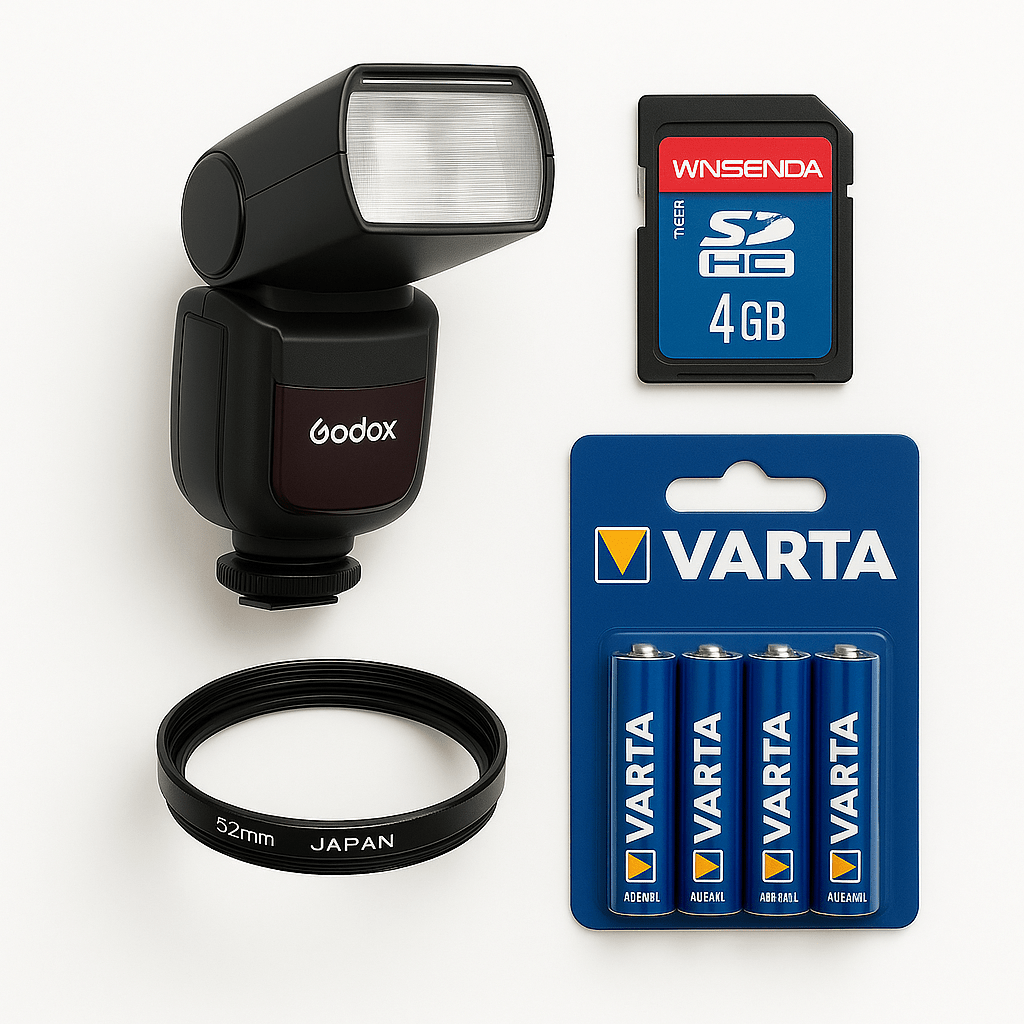
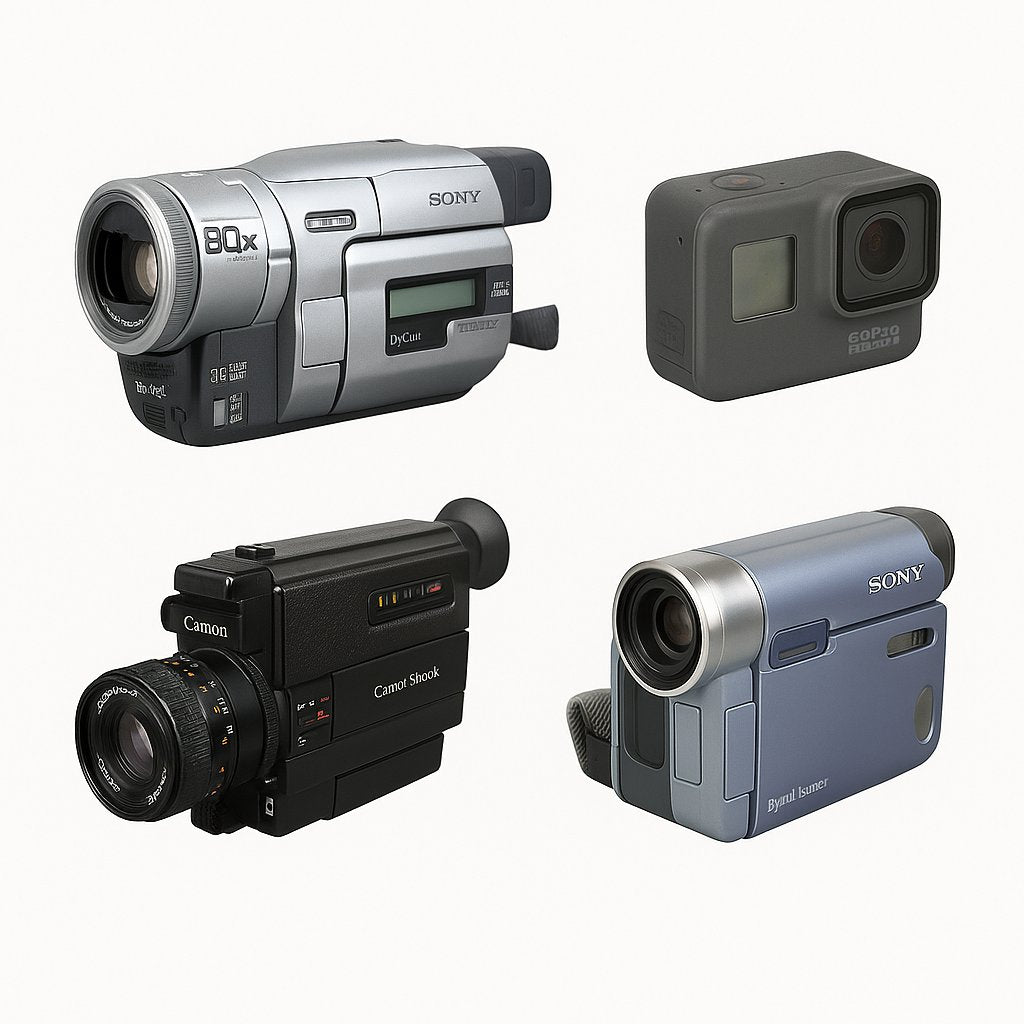
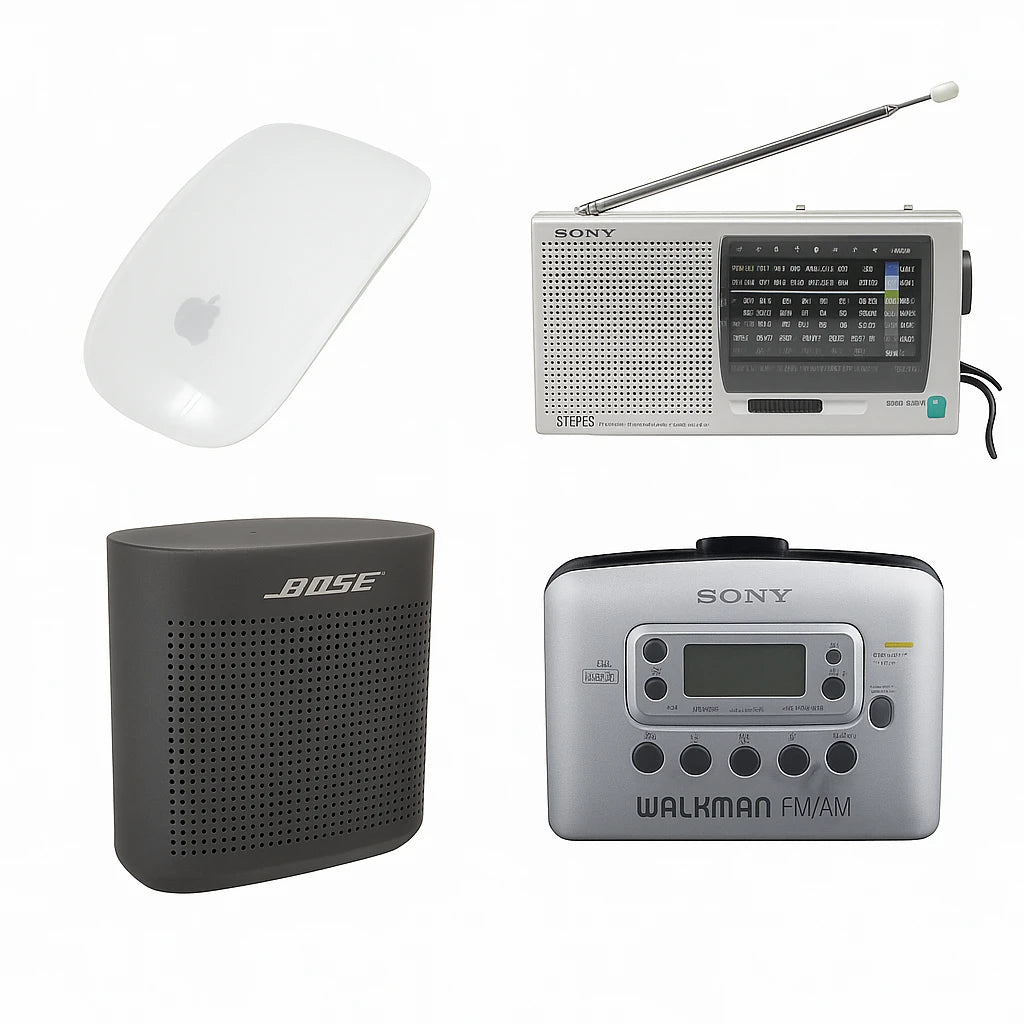
0 comments